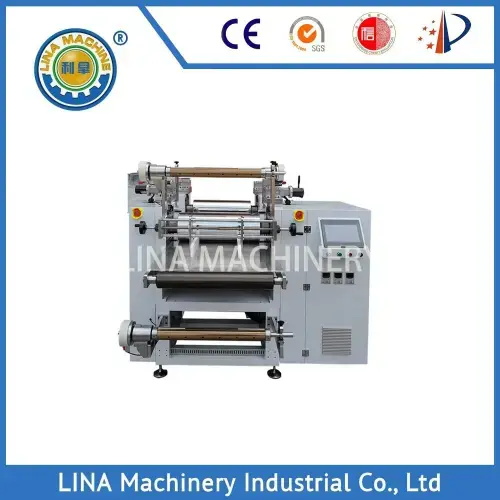Production Process Of Rubber Calender And Plastic Calender
2023-07-10
The production process of rubber calender machine and plastic Calender involves the use of specific machines, namely the rubber calender machine and plastic four rolls calenders. Here is a detailed description of the production process for each type of calender. Rubber Calender Production Process: 1. Preparation: The raw materials for rubber calendering, such as rubber compounds, fillers, plasticizers, and additives, are weighed and mixed according to specific formulations in a Rubber Mixing Mill. This process ensures the proper blending of all ingredients. 2. Feeding: The mixed rubber compound is fed into the rubber calender machine. The calender machine consists of a series of heavy-duty rolls arranged in a stack. The gap between each roll can be adjusted to control the thickness of the rubber sheet produced. 3. Calendering: The rubber compound is passed through the gap between the rolls multiple times. As it passes through, the rolls exert pressure on the rubber, compressing and stretching it. This process helps in achieving the desired thickness, smoothness, and uniformity of the rubber sheet. 4. Cooling and Trimming: After calendering, the rubber sheet is cooled using water or forced air. This helps in setting the shape and dimensions of the sheet. The sheet is then trimmed to the required width and length, ensuring clean edges. 5. Winding and Storage: The calendered rubber sheets are wound onto large rolls, ready for further processing or storage. They are typically stored in a controlled environment to prevent degradation and maintain their quality. Four Rolls Calender Production Process: 1. Material Mixing: Like rubber calendering, the production of plastic calendered sheets starts with mixing the plastic resins, additives, and fillers in an intensive mixer or batch mixer. This ensures a homogeneous mixture of all components. 2. Preheating and Feeding: The mixed plastic compound is preheated to soften it and make it more pliable. It is then fed into the plastic four rolls calenders, which consist of four rolls arranged in a "L" shape. The plastic compound is fed into the gap between the rolls. 3. Calendering: The calendering process for plastic involves passing the plastic compound through the gap between the rolls multiple times. The rolls exert pressure on the plastic, thinning and shaping it into a sheet of the desired thickness. 4. Cooling and Trimming: After calendering, the plastic sheet is cooled using water or air cooling systems to maintain its shape and dimensions. It is then trimmed to the required size, ensuring clean edges.




